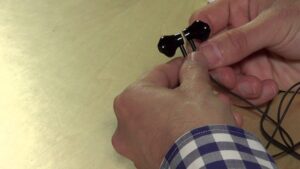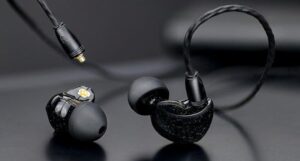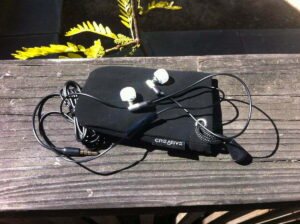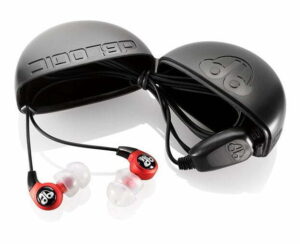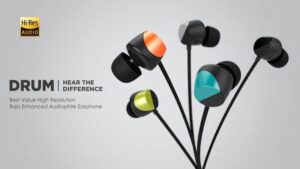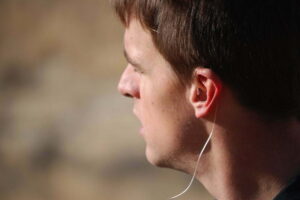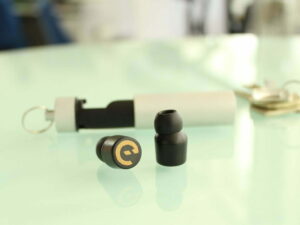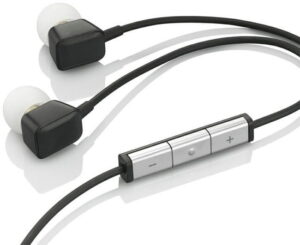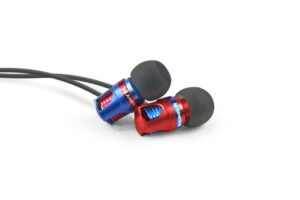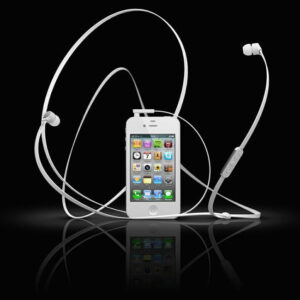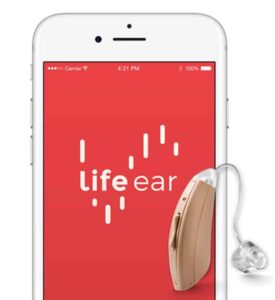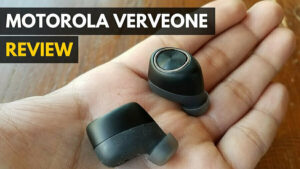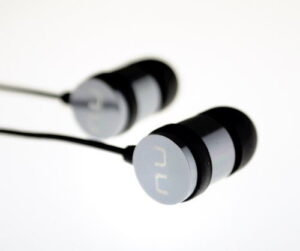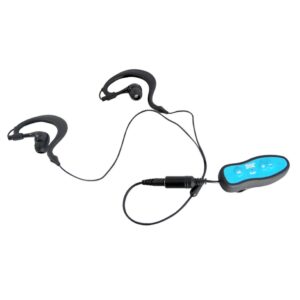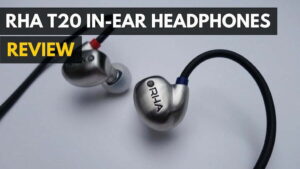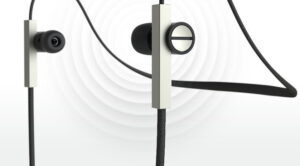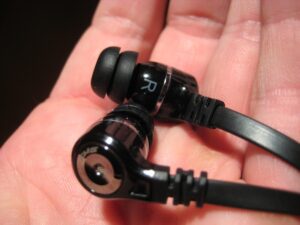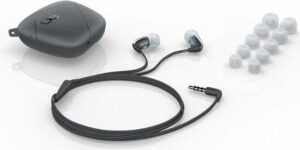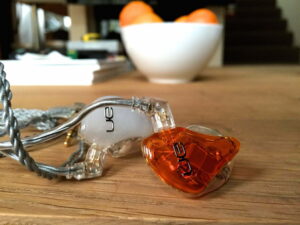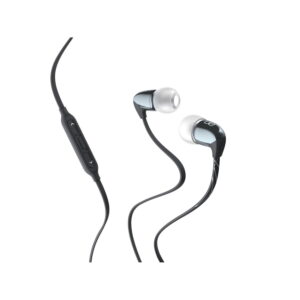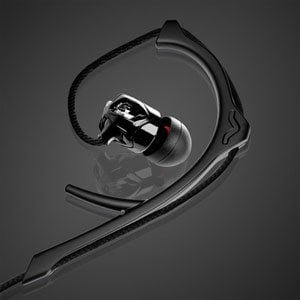Runners used to hum to themselves; now they wear headphones and listen to tunes as they jog along. Same goes for those who exercise. Or play sports even. But headphones made for those participating in outdoor activities have to do more than just look cool. The headphones have to balance between providing immersive sound while not cutting off the person from the “real” world where cars zip across walkways and bikes race over sidewalks. Panasonic’s Open Ear Bone Conduction Headphones keep the scale level, and it’s all in how it’s made and works. Take a look at our review of the best earbuds if you need some help choosing the right earphones for you.
How They’re Made
Get the obvious out of the way first: these headphones are highly water-resistant, which is good for those who don’t hide inside when the weather’s inclement. Or sweat profusely. Being wired, there’s no batteries to charge or Bluetooth to pair — just plug the mini-jack into the audio source and hit the “Play” button.
Related: If you like these water-resistant headphones, you might like our Pyle Sports Waterproof Mp3 Player review.
How They Fit
The earbuds go into the ear but not just by pushing them against the hole because there’s a sort of “jawbone” shape that fits around the back of the head and against the back of the ears as part of the overall positioning. Good thing that there’s built-in cushioning or the ears would start to hurt after a while, just like you’ll find on the Scosche REALM IEM856MD earbuds. This design also includes 3 reflective stripes (side/back) to be seen — a nice safety touch that potentially could save a life (I can’t begin to count how many times I’ve come across a person running at night in dark clothes).
Related: Also check out the Oneplus Bullets Wireless 2 if you want an alternative.
How They Work
But as the name says, “bone conduction” is part of the reason these headphones exist. Rather than blast the audio into the ear canal, like the Motorola Verveones, they’re worn next to your ear so that sound is carried into your head through the cheekbones. Sounds scary, but it works and no — your face isn’t vibrating while the music is playing. On a physical level, it means that outside sounds (i.e., the environment surrounding you) aren’t being cut off.
Those who run or even those crossing the street can benefit from hearing a car horn blast clearly, as I’ve found that in a competition between a person and a car, the car always wins. I took a run through my neighborhood and quickly got used to the outside sounds being there, along with the music I was playing.
I should of course mention that the audio quality of the Panasonic is quite good and with decent bass, although a bit of the outside does “bleed” through and into what is being heard. This fault is similar to the Sennheiser CX Sport. A deal-breaker, no, especially as that will result in my not getting the evil eye the next time my wife calls out while I’ve got these on inside the house.
Why They’re Good
Panasonic’s HGS10-W Open Ear Bone Conduction Headphones fit comfortably, sound good, and provide a safer path for listening to music by not cutting off ambient sounds. I’d say that was worth their $79.99 price tag.

